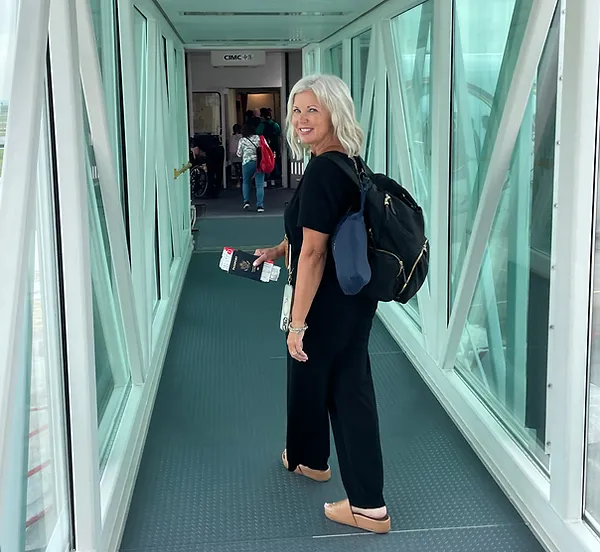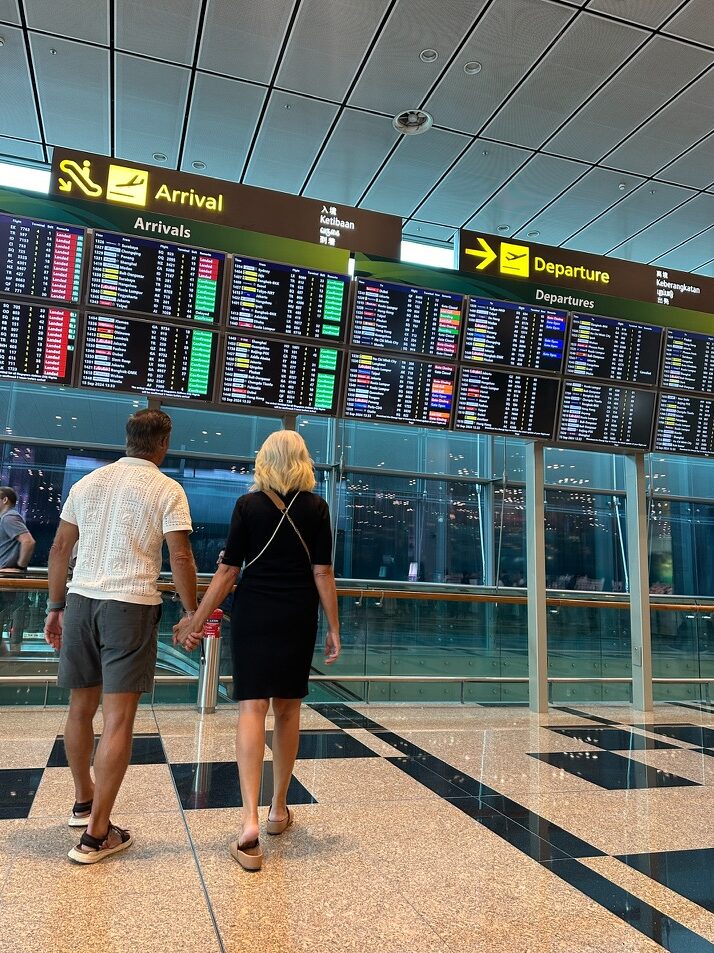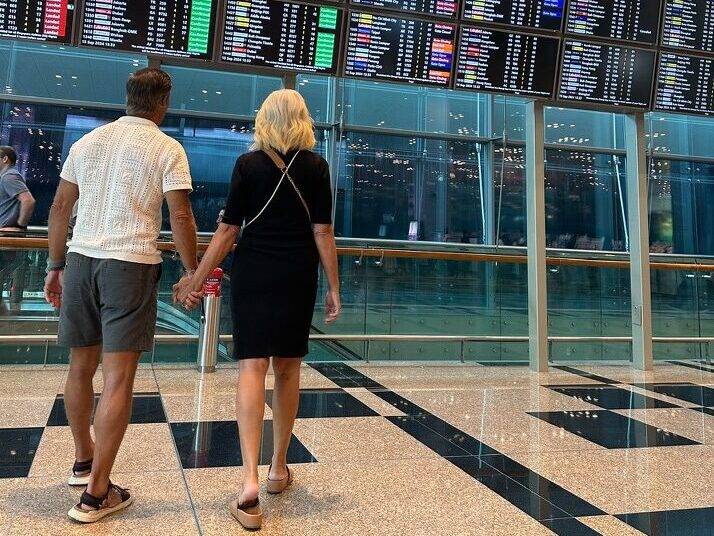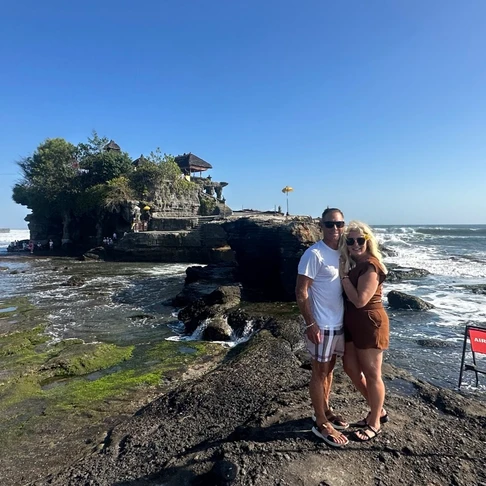Airline Damaged Your Luggage? Here’s How to Get Compensated!
Oh No, My Luggage! Now What?
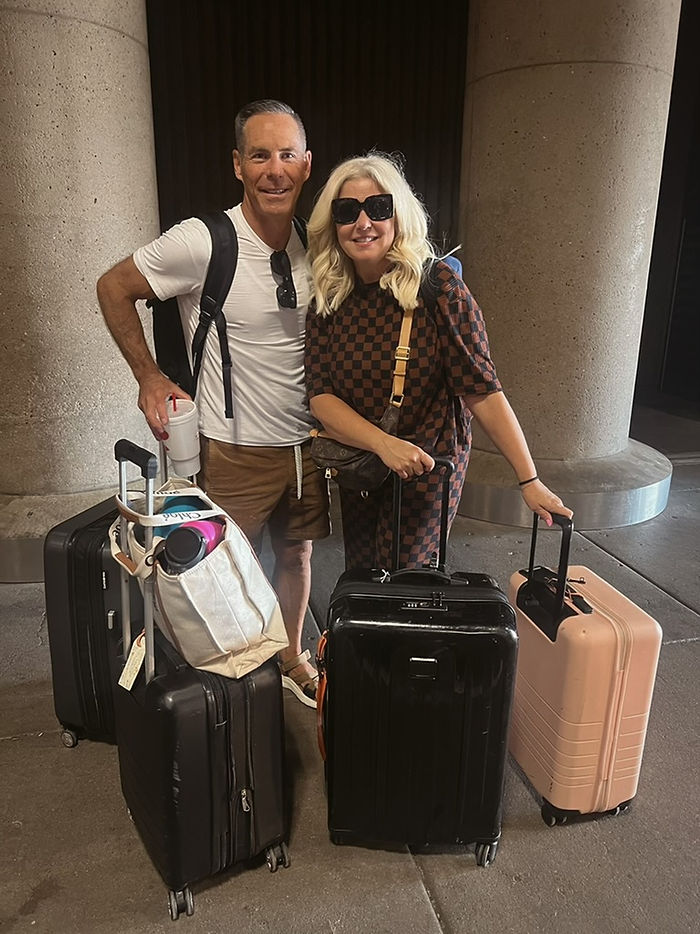
Picture this: You just landed in a dreamy destination, ready to kick off your adventure. You make your way to baggage claim, and there it is—your checked suitcase, looking like it just survived a wrestling match with an elephant. A busted wheel, a cracked shell, or even worse, your belongings spilling out like a scene from a travel horror movie. What now? Don’t panic! Here’s how to handle airline-damaged luggage and get compensated hassle-free.
Step 1: Inspect Your Luggage Before Leaving the Airport
The moment you pick up your suitcase from the baggage carousel, give it a quick but thorough check. Look for visible damage like:
- Cracked or broken hard shells
- Ripped fabric
- Missing or damaged wheels, zippers, or handles
- Anything that makes the bag unusable
Pro Tip: Even if your bag looks okay on the outside, open it up to make sure nothing inside was damaged due to rough handling.
On a recent flight with American Airlines, when I collected my suitcase from baggage claim, I immediately noticed that the hard shell case around the wheel was cracked. It was about 8 inches long, and the wheel was practically broken off.
If you notice any damage, snap some clear, high-quality photos immediately. These will be crucial for filing a claim.
Extra Pro Tip: Take photos of your suitcase before checking it in at the airport to have proof of its condition prior to the flight. This can help support your claim if the airline tries to argue that the damage was pre-existing.
Step 2: Report the Damage to the Airline ASAP
Most airlines have a short window (often within 24 hours) to report luggage damage, so don’t delay! Before leaving the airport:
- Head straight to the airline’s baggage service desk (usually near baggage claim).
- Show them the damage and provide your boarding pass and baggage claim ticket.
- Ask for a Property Irregularity Report (PIR) or an official damage claim form.
Some airlines might inspect the bag on the spot, while others may require you to fill out an online claim later. Either way, get a copy of everything you sign or submit.
When I went to the baggage desk, they had me scan a QR code to fill out a report. Within about 12 hours, I received an email from a third-party company to complete another online form.
Step 3: Understand Airline Policies on Damaged Baggage
Not all airlines handle luggage damage the same way. Here’s what might happen:
- Replacement or Repair: Some airlines will repair your suitcase or provide a replacement bag.
- Compensation: If the damage is beyond repair, you may get reimbursed based on the bag’s value.
- Exclusions: Many airlines won’t cover pre-existing damage, minor scuffs, or damage due to overstuffing.
Check the airline’s website for specific baggage policies or ask the baggage claim agent for details.
In my case, within another 12 hours, I received confirmation that the damage would be covered and my bag replaced. I got a link to a website where I could choose from several different suitcases to have shipped to my home.
Step 4: Follow Up on Your Claim
If the airline doesn’t resolve the issue immediately, follow up with them. Here’s how:
- Keep all receipts, reports, and photos as proof.
- Contact customer service via email, chat or phone (some airlines have online tracking for claims).
- If you had to buy a new suitcase, keep the receipt—some airlines will reimburse you.
Most claims take anywhere from a few days to several weeks to process, so be patient but persistent.
Step 5: Check Your Travel Insurance Coverage
If the airline refuses to compensate you or offers an amount that doesn’t cover your loss, your travel insurance might save the day! Many travel insurance policies cover:
- Damaged baggage (up to a certain limit)
- Lost or stolen luggage
- Delayed baggage essentials (like toiletries and clothes)
Check your policy and file a claim if needed. We swear by Safety Wing Travel Insurance. You can read all about why we love it and our experience with it HERE.
Step 6: Know Your Rights as a Traveler
If the airline is giving you the runaround, remember that you have passenger rights:
- In the U.S., airlines are responsible for damaged bags under the Department of Transportation (DOT) rules. You can read more and file a complaint HERE.
- In the EU, baggage damage is covered under EC Regulation 261/2004.
- Montreal Convention applies to many international flights, covering compensation for damaged luggage.
If necessary, escalate your complaint to airline headquarters or file a dispute with a consumer protection agency.
Preventative Tips: How to Avoid Luggage Damage
While you can’t control how baggage handlers treat your suitcase, you can take steps to minimize damage:
- Use a hard-shell suitcase for better protection.
- Invest in high-quality luggage with durable zippers and wheels.
- Wrap your suitcase in plastic or use a protective cover.
- Remove straps and loose items that could get caught.
- Pack smart—wrap fragile items in clothing and use packing cubes for organization.
- Take photos of your suitcase at check-in to have proof of its pre-flight condition.
- Consider placing an AirTag or luggage tracker inside your suitcase so you can track it if it’s lost or mishandled.
Final Thoughts: Don’t Let a Broken Bag Ruin Your Trip!
A damaged suitcase is an inconvenience, but knowing what to do can make all the difference. Act fast, report the damage, and follow up—you could end up with a repaired bag, a brand-new suitcase, or a reimbursement that lets you upgrade to that luggage you’ve been eyeing!
Ever had an airline trash your luggage? Share your story in the comments! And for more travel tips, check out our guides on how to pack like a pro, travel insurance, and scoring budget flights. Safe travels!
Travel isn’t just about places—it’s about people, experiences, and making memories. Hi! We are Shayne and Shelly Peterson. As empty nesters, we’ve found new ways to connect with the world (and each other) through travel. Follow our journey at JetSetPetersons.com and let’s explore together!
At Jet Set Petersons, we occasionally collaborate with brands, companies, and tourism boards to bring you content that aligns with our love for travel. Some of the posts on this website may include sponsored content, affiliate links, or gifted experiences.
We only partner with brands that we genuinely love and believe will bring value to our readers. While we may receive compensation in the form of payment, free stays, or complimentary products, all opinions expressed are our own. Honesty and transparency are at the core of what we do, and we would never recommend anything we wouldn’t personally use or enjoy.
